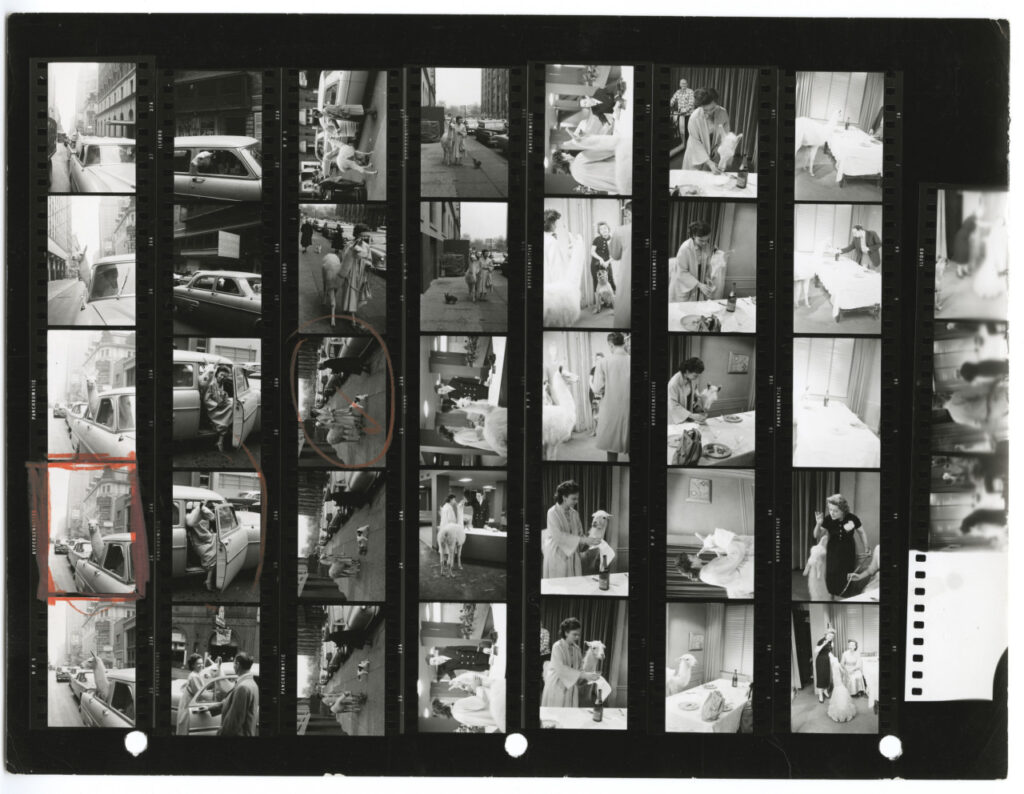Been crazy about tires from the beginning!
Still am.
Why?
No idea.
Fix Flats, Clint, Texas, 2024, photograph by James Yontrofsky
Been crazy about tires from the beginning!
Still am.
Why?
No idea.
Fix Flats, Clint, Texas, 2024, photograph by James Yontrofsky
This is the first Pinhole I ever made in summer 1971.
After three yeqars of shooting editorial work, riots, demonstrations, poverty and pissed off people, I needed to stop. I packed my Canon cameras up and was wondering what to do. Eventually, I stumbled upon a small book at a bookstore called The Hole Thing by Jim Schull.
I made the first camera with an old GE light bulb box, tinfoil and a #12 sewing needle and cut up a sheet of Kodak G #2 printing paper.
This is the first one.
No matter how far or wide I have gone for the past 52 years, I always return to Pinhole, which always reminds of how simple and yet unbelievably miraculous is the photographic process. And, how fun it is. And it reminds me not to forget the magic of the “hole thing.”
Montana Street rear window, Chicago, 1971 by Bruce Berman
The power of unintended consequences. Inge Morath, an early chosen photographer at Magnum, first became interested in Art at the Nazi’ exhibition Entartete Kunst (Degenerate Art) in Munich in July 1937. The exhibit was meant to be a disparagement of “modern art,” and was championed and attended by Hitler and other Nazi Party luminaries.
For some the consequence was the oppoosite of their intentions. One of those was the young Inge Morath, a fourteen year old Austrian girl. It was her first encounter with a art and as opposed to being opposed to the art she encountered, she loved and in particular the art of German artist Franz Marc‘s Blue Horse.
INFO on Franz Marc:
https://www.thehistoryofart.org/franz-marc/blue-horse/
Mask Series, Los Angeles by Inge Morath, no date
USA. New York. Manhattan. 1957. A Llama in Time Square.©Inge Morath/MAGNUM PHOTOS
Inge Morath was born in Graz, Austria, in 1923. After studying languages in Berlin, she became a translator, then a journalist and the Austrian editor for Heute, an Information Service Branch publication based in Munich. All her life Morath would remain a prolific diarist and letter-writer, retaining a dual gift for words and pictures that made her unusual among her colleagues.
Morath was invited to join Magnum photo agency in 1953 at the invitation of reknowned photojournalist Henri Cartier-Bresson. She married playwright Arthur Miller in 1962 and remained his wife until her passing in 2002.
CONTACT SHEET FROM HER SHOOT:

FOR MORE: https://www.ingemorath.org/
School girl escaping from photographer, Hatch, New Mexico, 2021
Editorial and Photograph by Bruce Berman
It’s not the era that was.
People no longer are curious when they see a photographer, they’re nervous.
“What do you want? Are these going to end up on the web (yes)?”
“Do you work for the government (immigration for instance)?” No.
“I don’t like this!”
Or worse! “Give me that camera.”
If you grew up in the era of Vivian Maier (I was a little afterwards)… if Vivian Maier were alive today… she’d probably be shooting flowers.
Innocence lost.
Of course the essential: question is -and always was- what right does a photographer have to just randomly take photographs of complete strangers and do what they will with them?
I have never successfully been able to answer that question. I try to collaborate with people I photograph where consent is given.
But I stray!
Every once in awhile I -we?- just have to grab the moment.
That moment is my escape, as well.
1950 Kodak Duaflex camera by Kodak
Text/Photography by Bruce Berman
The Kodak Duaflex is a 620 roll film pseudo TLR made by Kodak in the US, Canada, and UK. The original versions were available from December 1947 – September 1950 in the US, and 1949-1955 in the UK; the Duaflex IV was finally discontinued in the US in March 1960.
It was real.
If film is still made it will shoot. It feels good in the hand and the eye.
It is not plastic.